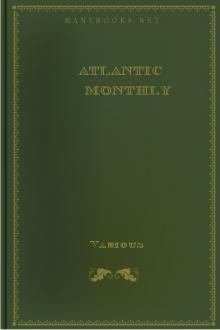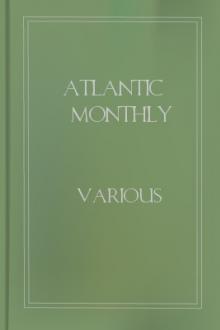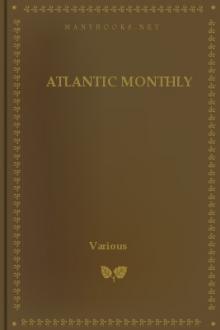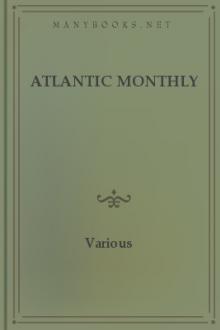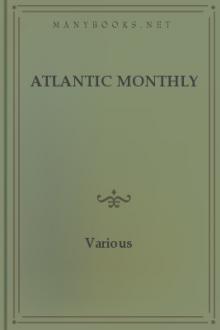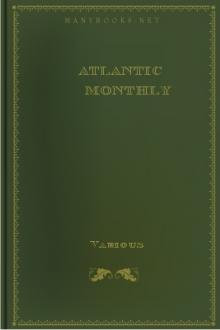Encyclopaedia Britannica, 11th Edition, Volume 2, Part 1, Slice 1
Book Excerpt
Anemometers which measure the pressure may be divided into the plate and tube classes, but the former term must be taken as including a good many miscellaneous forms. The simplest type of this form consists of a flat plate, which is usually square or circular, while a wind vane keeps this exposed normally to the wind, and the pressure of the wind on its face is balanced by a spring. The distortion of the spring determines the actual force which the wind is exerting on the plate, and this is either read off on a suitable gauge, or leaves a record in the ordinary way by means of a pen writing on a sheet of paper moved by clockwork. Instruments of this kind have been in use for a long series of years, and have recorded pressures up to and even exceeding 60 lb per sq. ft., but it is now fairly certain that these high values are erroneous, and due, not to the wi

 Free Download
Free Download























